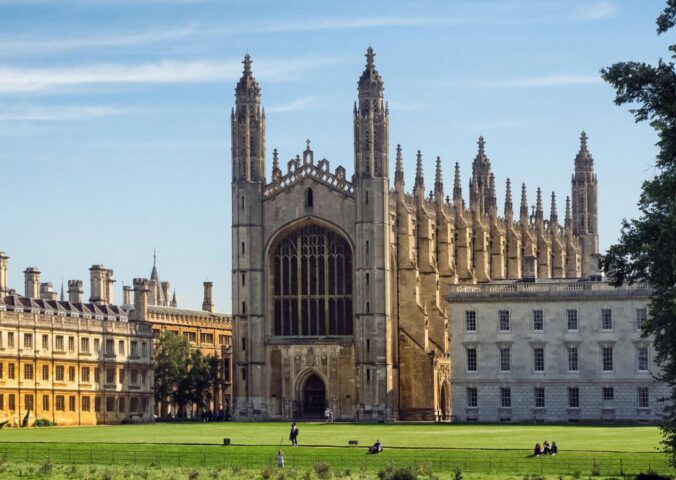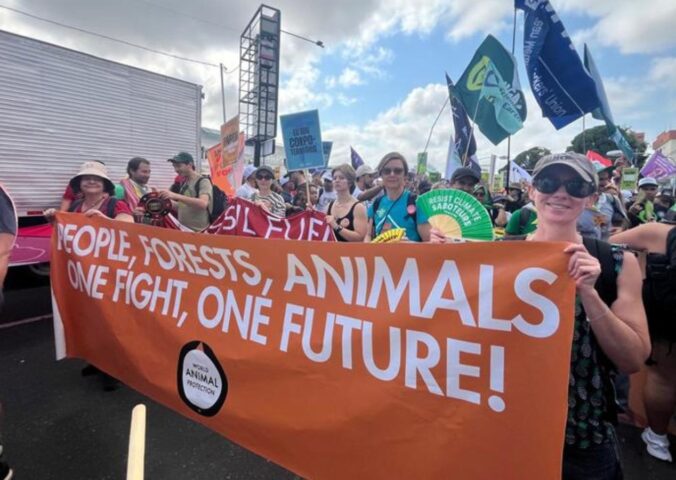The average size of wildlife populations has shrunk by 73 percent since 1970, according to a new assessment by the World Wildlife Fund (WWF).
Read more: Protecting 1.2% Of Earth’s Land Could Save Rare And Threatened Species, Study Says
Population trends across 5,495 species of amphibians, birds, fish, mammals, and reptiles show an alarming decline in wildlife globally. The world is reaching “dangerous tipping points” for nature, warns the Living Planet Report. It has been published ahead of the UN COP16 biodiversity summit and the COP29 climate summit.
The biggest losses in wildlife have occurred in Latin America and the Caribbean, where population sizes have declined by 95 percent. Freshwater species, such as Atlantic salmon, have been hit hardest, declining by 85 percent in 50 years.
Agriculture is the biggest driver of terrestrial animal declines as it causes habitat loss and degradation. In freshwater habitats, fragmentation of rivers and streams by dams and the withdrawal of water for use in agriculture are major threats.
Points of no return

The report warns that the world may be approaching “points of no return” for nature. Pollution, land use change, and the climate crisis are pushing ecosystems towards collapse. Certain tipping points could be reached that could further accelerate the loss of wildlife populations.
Read more: Scientists Create ‘Vaccine’ To Protect Bees From Pesticides
For example, coral reefs are at risk of mass die-offs due to warming oceans and overfishing of species important to their health. This in turn would devastate many marine animals and coastal human communities.
Governments will have to show how their biodiversity protection plans align with the goals set out at COP15 at this year’s biodiversity summit. In 2023, 196 countries adopted the Kunming-Montreal Global Biodiversity Framework, a roadmap for reducing the threats to biodiversity. But the WWF report warns that currently, “national biodiversity strategies and action plans are inadequate and lack financial and institutional support.”
Read more: Population Growth Will Increase Human-Wildlife Overlap By 57 Percent, Says Study






